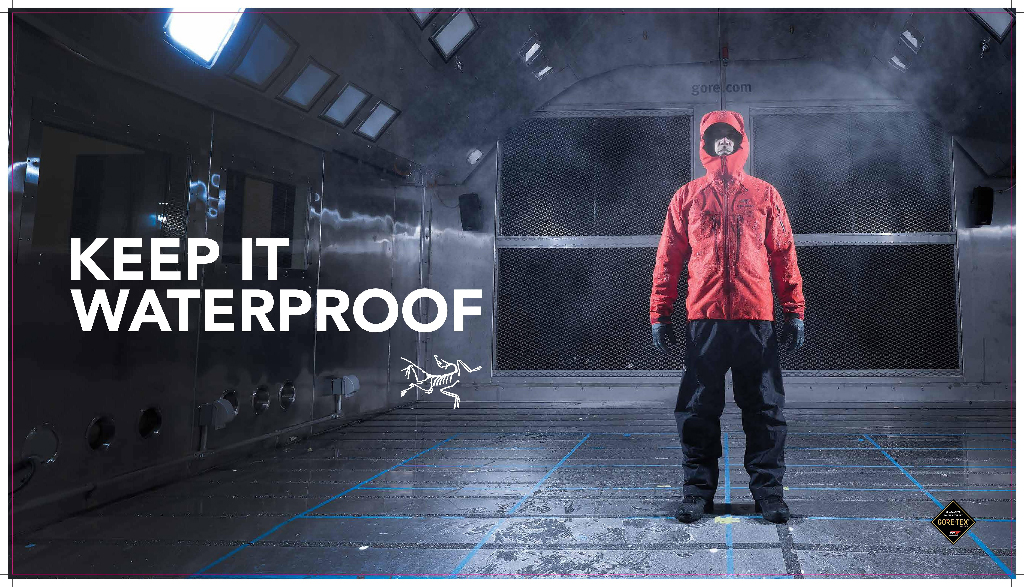Latest News
Share this post:
In any list of the top 10 repairs every bike rider should learn, fixing a flat is probably Numero Uno. And, unless you’ve embraced tubeless-tire technology, that inevitably means you’ll have to patch a tube. We’ll cover the basics here, but also check your patch kit’s instructions and defer to them where details differ.
Here are the typical steps for patching a tire tube:
-
-
-
- Grab your supplies: At a minimum, that’s a patch kit and tyre levers for removing the tube from the tyre.
- Find the leak: Closely check the tube; tiny holes require detective work or submersion in water to locate.
- Decide whether to repair or replace: Severely damaged tubes can’t be saved.
- Clean, dry and rough up the surface area where the patch will be: It helps the adhesive stick.
- Spread the glue and apply the patch: Once the glue is tacky, press the patch down, holding it firmly in place.
-
-
This article describes how to apply a patch at home, using a traditional glue-on patch. For most flats, you can do a similar fix in the field.
Note that many patch kits now come with glue less patches—the steps are essentially the same, minus the glue application. Early generation glue less patches tended not to hold as well as glued-on patches. Today’s glue less patches have serious staying power, though their chief appeal remains that they are quicker and easier to apply.
Supplies for Patching a Bike Tube
Most patch kits include the following:
-
-
-
- Patches
- Glue
- Sandpaper or tube-scuffer tool
-
-
Additional supplies:
-
-
-
- Marker (a light colour)
- Pump
- Tub of water (to find tiny leaks) and a small towel
-
-
Locate the Leak
When you remove your bike’s wheel and then the tube from your tyre, look for the origin of your flat. Check the tyre’s outer surface for damage or wear—things like a thorn or piece of glass lodged in the tread, or a cut in the tread or sidewall.
If you find something, that will point you toward the tube leak. Look in that same area, checking both the tube and the inner surface of the tire for similar damage. Remove any imbedded object from the tire, and mark the location of the leak on the tube.
If no outer tyre wounds point you toward the tube leak, then check the thin strip along the inside of your rim. Look for protruding spoke ends or areas where the strip may be distorted, allowing the tube to get pinched against a spoke-hole opening.
Tube damage can be difficult to spot. If you don’t see any obvious clues, then it’s time to grab your tyre pump:
-
-
-
- Pump some air into the tube.
- Hold the tube close to your ear and slowly rotate it around to see if you can detect a hiss.
- If you can’t, then submerge the tube in a tub of water, rotating it slowly until you spot a tiny stream of bubbles.
- Wipe and dry the spot, then mark it.
-
-
Repair or Replace?
If you think the damage is too extensive to patch, then a spare tube is your fix. Any time a tube’s valve is damaged, even at the base, then it’s definitely not repairable. In a borderline case, you can try a patch and let its success or failure dictate a full tube replacement.
It’s wise to carry a spare tube when you ride. Many riders default to replacing the tube on a ride because it’s the easiest way to ensure they have a dependable fix. At the very least, you should have spares in your home repair supplies. Tube size information should be on the sidewall of your tyre; it should also be listed in your bike owner’s manual.
Some riders will use a patch as a field repair, then they replace the patched tube with a new tube at home. A patched tube can be just as dependable as a new one, as long as the patch is done well and the patched tube isn’t several years old or dappled with multiple patch jobs.
Prepping the Patch Site
Once you’ve located the leak and decide to proceed with a patch, then it’s time to clean and scuff up the surface of the tube:
-
-
-
- Deflate the tube.
- Thoroughly dry the patch area; if it’s dirty, clean the site, then dry it.
- Use sandpaper or the tube-scuffer to rough up the area around the puncture: This helps the glue stick better.
-
-
Applying and Checking the Patch
-
-
-
- Dab a small amount of glue on the hole, then evenly spread a thin layer of glue around it, covering an area at least as large as the patch.
- Wait a few minutes for the glue to get tacky.
- Remove the backing from the patch and press it onto the tube.
- Hold the patch firmly in place; be sure to press out any air bubbles that might have gotten under the patch.
-
-
After you apply your patch, let it set for several minutes. Then add some air—but don’t fully inflate the tube because that stresses the patch before the glue has fully cured. Test the tube underwater again, checking for any bubbles coming out from the patch.
One final check: Leave the tube out overnight, too, and check the next morning to see if it’s lost any air. If not, you’re ready to insert the partially inflated tube back into the tire. Then it’s a matter of reseating the tyre onto the rim, fully inflating it and putting the wheel back on the bike.


 Collecting and Propagating Seeds
Collecting and Propagating Seeds China on a Plate: The Flavours of a Nation (with a Spotlight on Sichuan)
China on a Plate: The Flavours of a Nation (with a Spotlight on Sichuan) Kinesiology Cross Patches
Kinesiology Cross Patches Camaraderie On a Walking Tour…
Camaraderie On a Walking Tour… How E-Biking Has Transformed Biking Tours
How E-Biking Has Transformed Biking Tours








